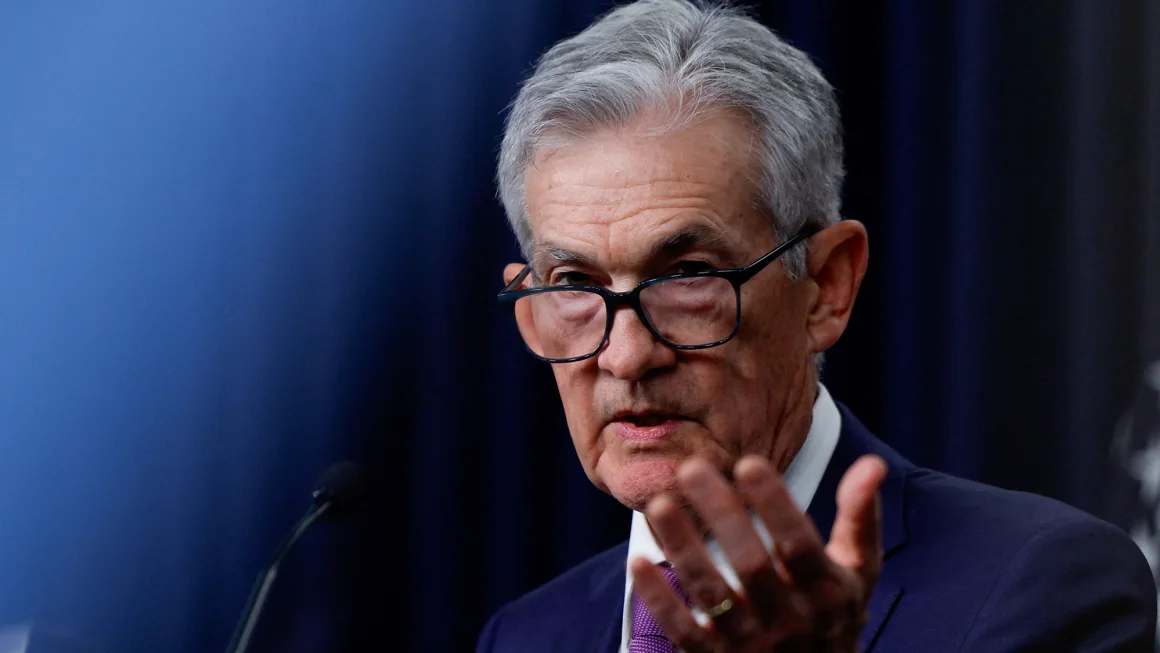As 2024 dawned, consumers, investors, and economists alike harbored hopes of relief from the persistent inflation and higher borrowing costs that have burdened the U.S. economy for over 20 months. The widespread anticipation was for the Federal Reserve to commence rate cuts this year, easing the financial strain. However, the U.S. economy’s unexpected resilience has led to a shift in expectations, pushing the prospect of Federal Reserve rate cuts further into the future, if at all, for 2024.
Despite initial forecasts predicting up to six rate cuts starting in March 2024, the reality has unfolded differently. At the Fed’s January meeting, Federal Reserve Chair Jerome Powell expressed skepticism about the likelihood of initiating rate cuts by March, indicating a reassessment of the economic landscape. “I don’t think it’s likely that the committee will reach a level of confidence by the time of the March meeting to identify March as the time to do that,” Powell stated, reflecting the cautious stance of the Federal Reserve.
This cautious approach is echoed by economists such as Torsten Slok of Apollo Global Management, who noted the enduring strength of the economy and growing inflation measures, predicting that “The Fed will not cut rates this year, and rates are going to stay higher for longer.” Richmond Federal Reserve President Tom Barkin also hinted at the uncertainty surrounding rate cuts, emphasizing the primary role of inflation in determining the Federal Reserve’s actions.
The American public has felt the pinch of inflation, particularly in essentials such as rent, groceries, and gas. Robert Frick from Navy Federal Credit Union highlighted the continuous rise in food prices as a significant concern for consumers. This inflationary pressure, optimistic growth expectations, and a resilient labor market have complicated the Federal Reserve’s path to reducing interest rates.
Economists at S&P 500 Global Ratings have revised their growth expectations for the U.S. economy in 2024 to 2.4%, up from 1.5%, indicating a more robust economic activity than anticipated. However, this growth comes with challenges, notably the potential for further inflationary pressures. Recent data reveals that inflation remains stubbornly high, with small businesses and manufacturing sectors indicating upcoming price increases.
Despite these challenges, some investors still harbor hope for rate cuts, closely monitoring Federal Reserve Chair Powell’s upcoming testimonies for any indications of a shift in policy.
The U.S. economy’s unexpected strength in 2024 has defied initial expectations of easing monetary policies, with the Federal Reserve maintaining a cautious stance amid persistent inflation and robust economic indicators. While the desire for relief from higher borrowing costs remains, the reality of economic conditions suggests that interest rates may stay elevated longer than many anticipated. As the year progresses, all eyes will be on the Federal Reserve’s moves, aiming to stabilize inflation without stifling economic growth.




















